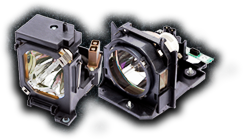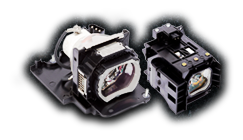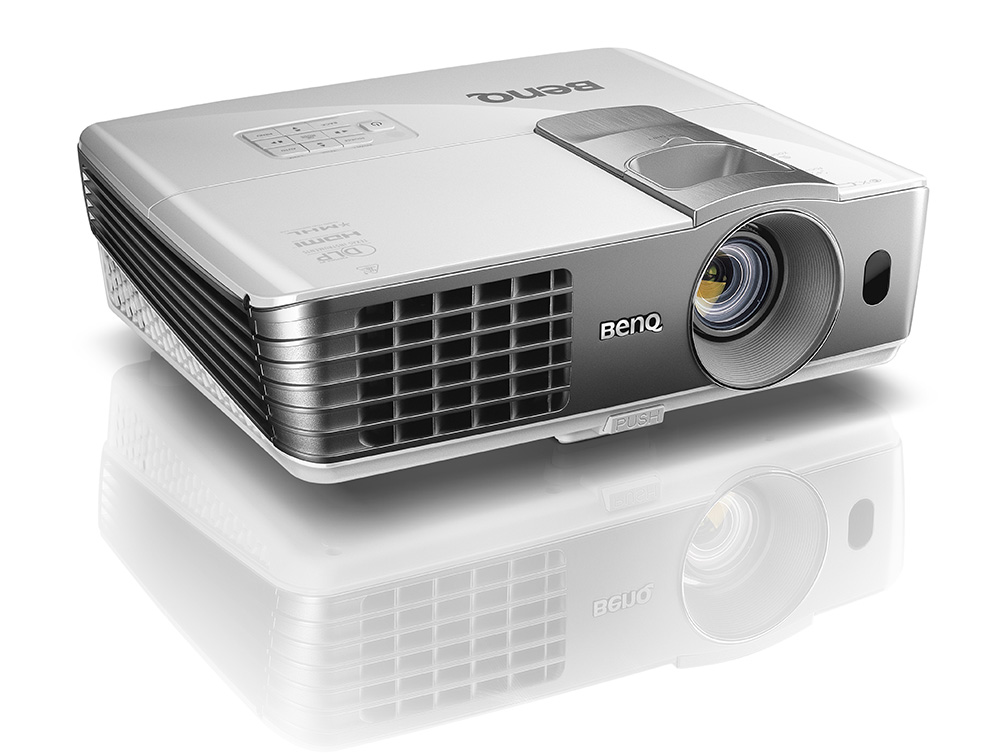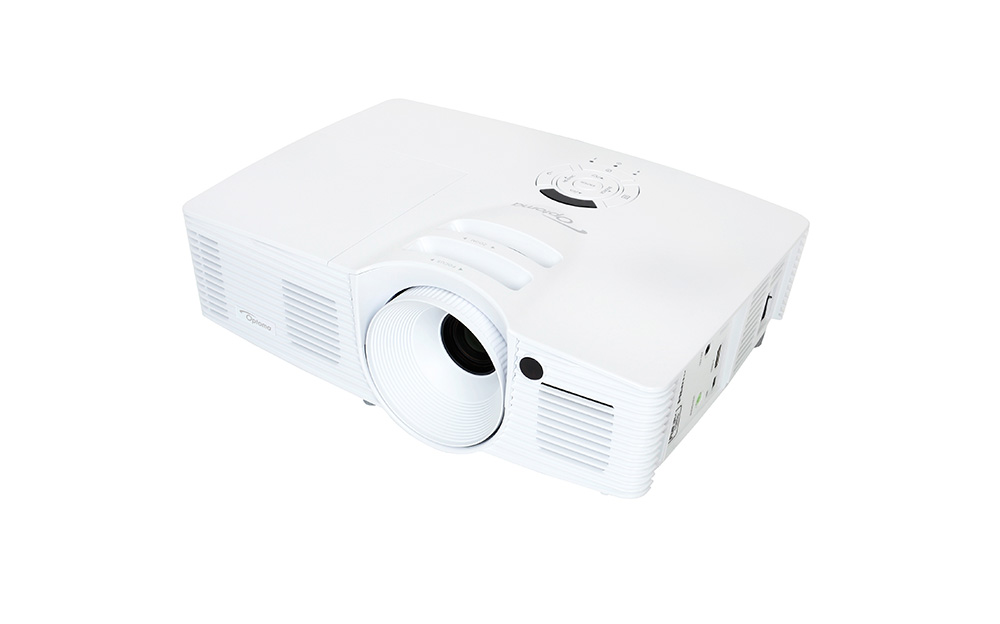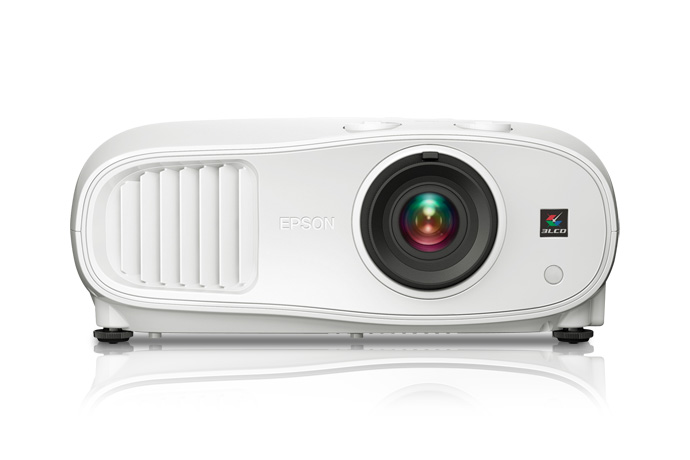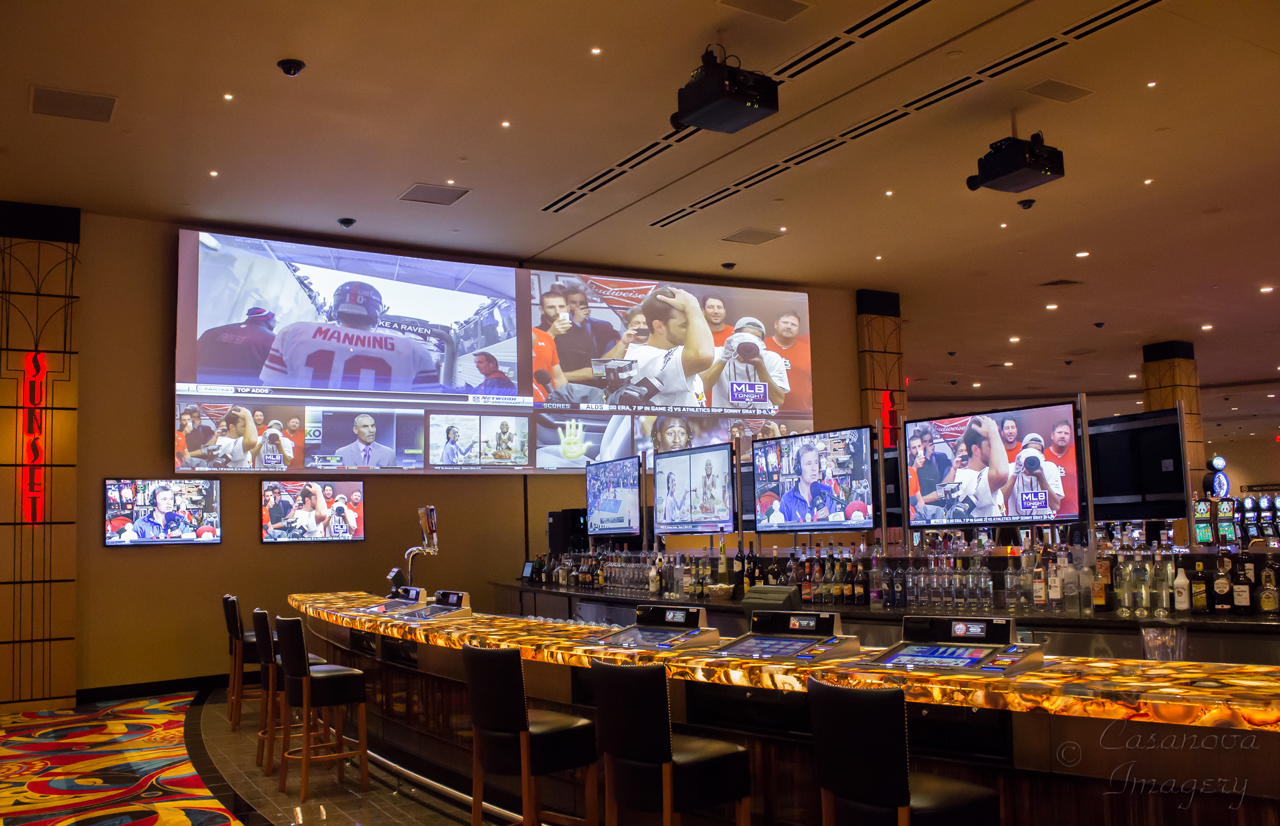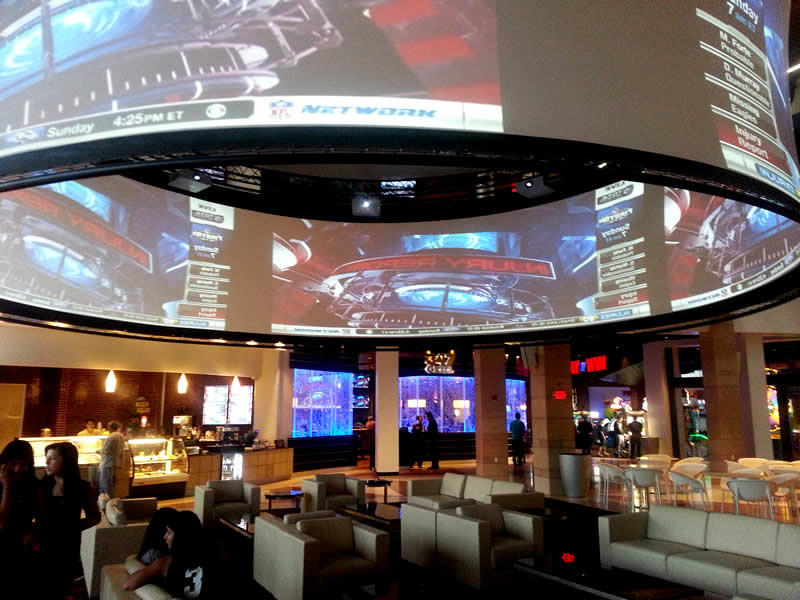Your home theater projector relies on a very powerful bulb to project light onto the screen. Unfortunately, these bulbs are like any lamp; they’re only capable of projecting light for a certain amount of time before dimming and ultimately burning out.
With projectors, that means the bulb dims over time, and the number of hours a bulb can be in operation before only projecting half of its original brightness is known as projector lamp life. Many of the UHP projectors produced today have lamp lives of 4,000-5,000 hours, up from an average of about 2,000 hours in years past. For instance, if you own an Acer H6510BD projector, you can expect the lamp life to be 4000 hours.
But that number is hard to quantify. How many movies can you watch in 4,000 hours? We thought it would be interesting to show you just how long 4,000 hours can be. For instance, did you know you could watch The Godfather – a nearly 3-hour movie – 1,374 times on the average UHP projector? What about a crazy-long movie marathons? You could watch all four Pirates of the Caribbean movies 410 times back-to-back-to-back on the average projector.
What about some others? Here are how many times you could watch the highest-grossing movie franchises back-to-back on the average projector:
Harry Potter
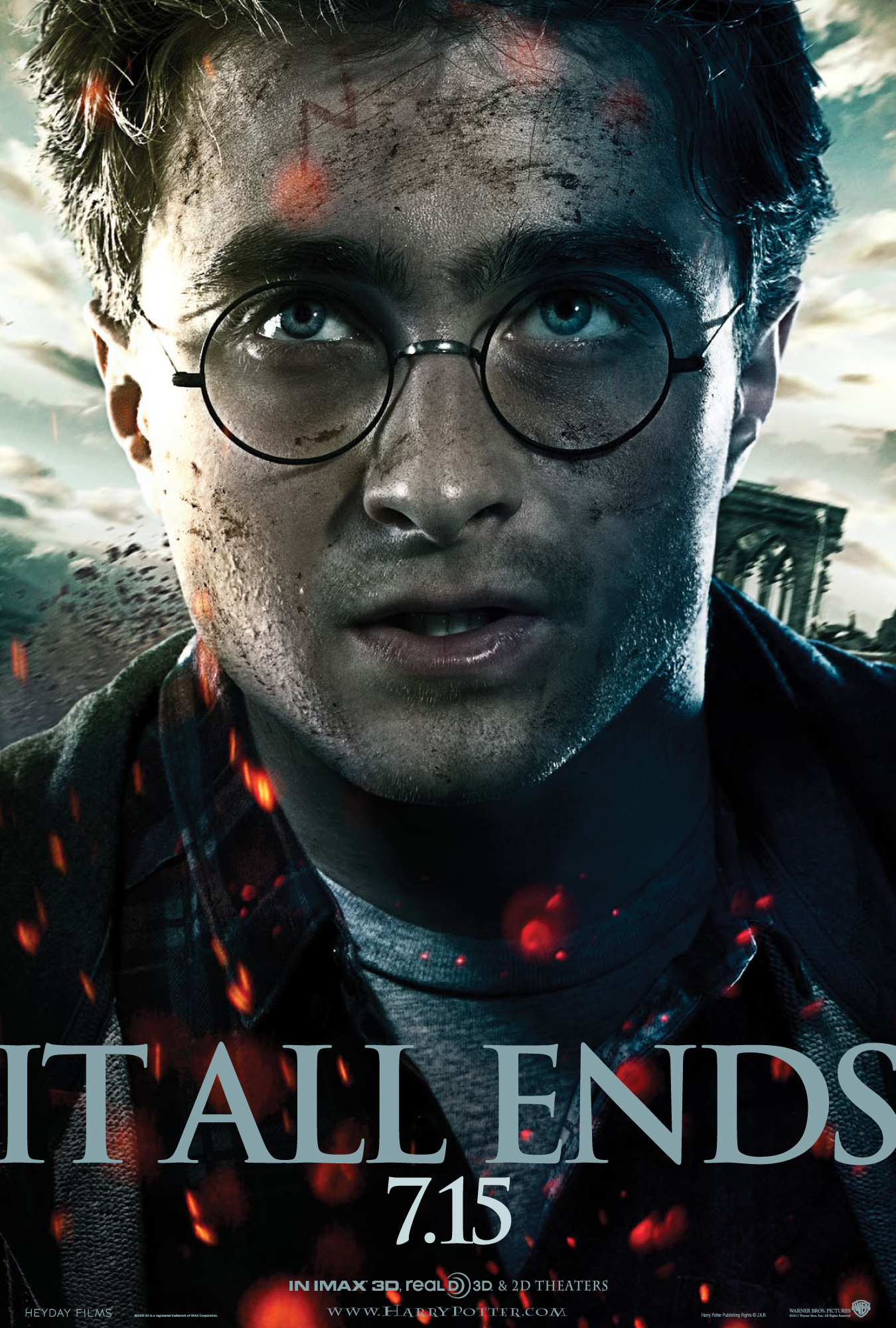
Everyone’s favorite wizard, Harry Potter, had a heyday at the box office, breaking just about every record imaginable. The 8 Potter films grossed roughly $7.7 billion, with the final film in the series raking in more than $1.1 billion. On the average projector, you could run the entire 1,173-minute loop 204 times.
Marvel Cinematic Universe
The Marvel franchise was launched in the early 2000s, but already, it’s become the second highest grossing franchise of all-time. The 10-film series includes fan favorites like Iron Man, Captain America and The Avengers, with each taking home about $715 million in ticket sales. On the average projector, you could watch the 20+ hours of Marvel movies 192 times.
James Bond
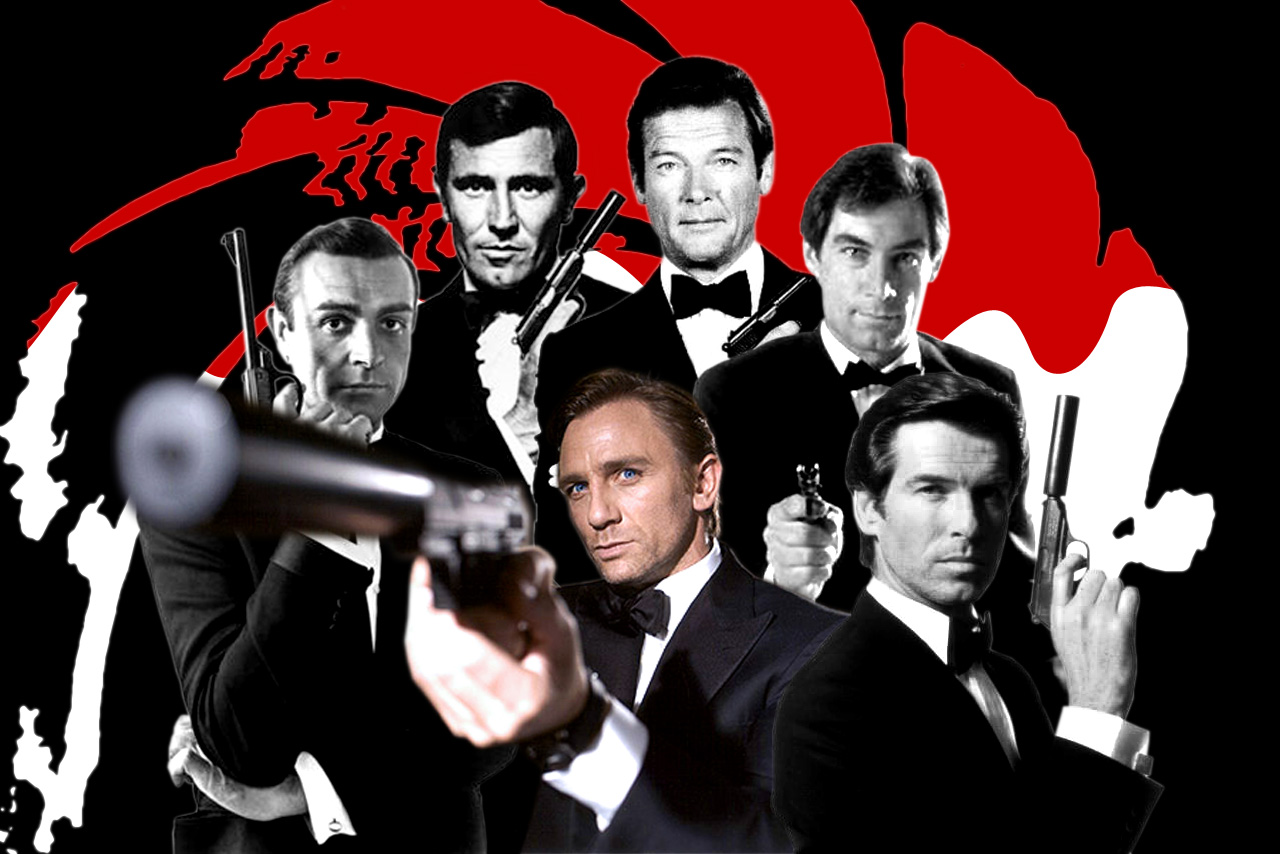
There isn’t a more storied movie franchise than the James Bond series. In total, there are 24 films spanning multiple decades and an array stars like Sean Connery, Roger Moore and now Daniel Craig. In its history, the Bond franchise has achieved $6.1 billion in ticket sales, with the latest Skyfall earning the most at $1.18 billion. All 24 movies total 2,896 minutes, just more than two full days. On the average projector, you could watch the loop 82 times.
Lord of the Rings
The entire Lord of the Rings series includes the original trilogy, The Hobbit trilogy, and the 1978 feature The Lord of the Rings. To date, the franchise has raked in $5.6 billion in ticket sales. Of course, Peter Jackson’s films aren’t short; the seven films played back-to-back run for 1,176 minutes, or about 3 hours per film. On the average projector, you could watch them all 204 times.
Star Wars
There’s seven films in the Star Wars franchise, including the original trilogy, the prequels and the animated feature The Clone Wars. That will change soon, with the highly anticipated return coming at the end of the year, Star Wars: The Force Awakens. In December, before the new films come out, you can prep with a 14.91-hour marathon. On the average projector, that would mean you could watch the franchise 268 times.
Spider-Man
The Spider-Man franchise has some super fans, and that has led to more than $3.9 billion in ticket sales in less than a decade. Overall, a back-to-back Spider-Man marathon would take 665 minutes, or a little more than 11 hours. On the average projector, you could watch all five movies once a day for nearly an entire year, or360 times.
Batman
From the Tim Burton films of the early 1990s to the recent Christopher Nolan reboot, the Batman franchise has been a powerhouse at the box office, and it’s a long been a fan favorite. The first film premiered in 1966. Today, there are 10 Batman films in total, ranging 1135 minutes, or about 19 hours. On the average projector, you could watch all five movies 211 times.
